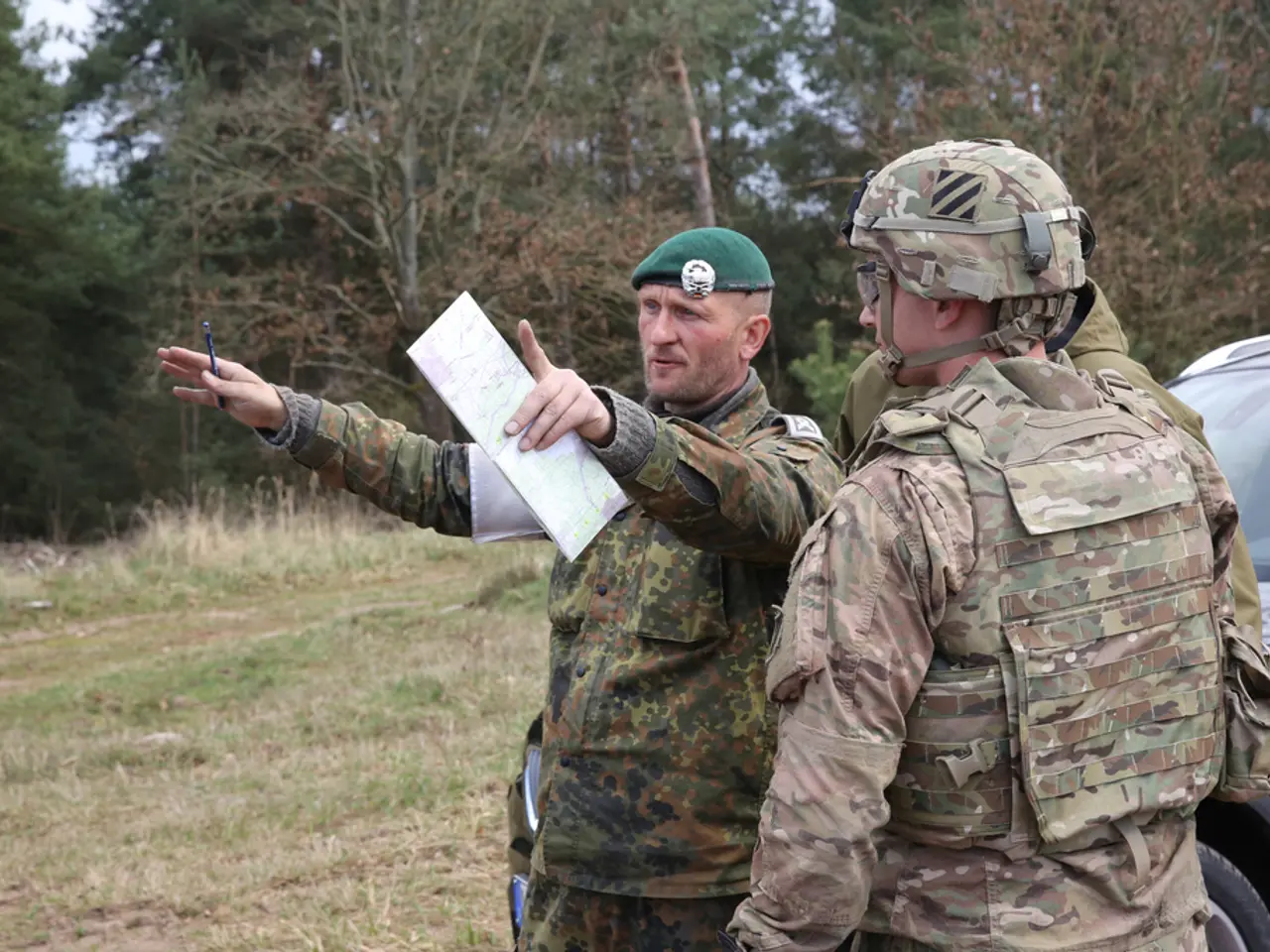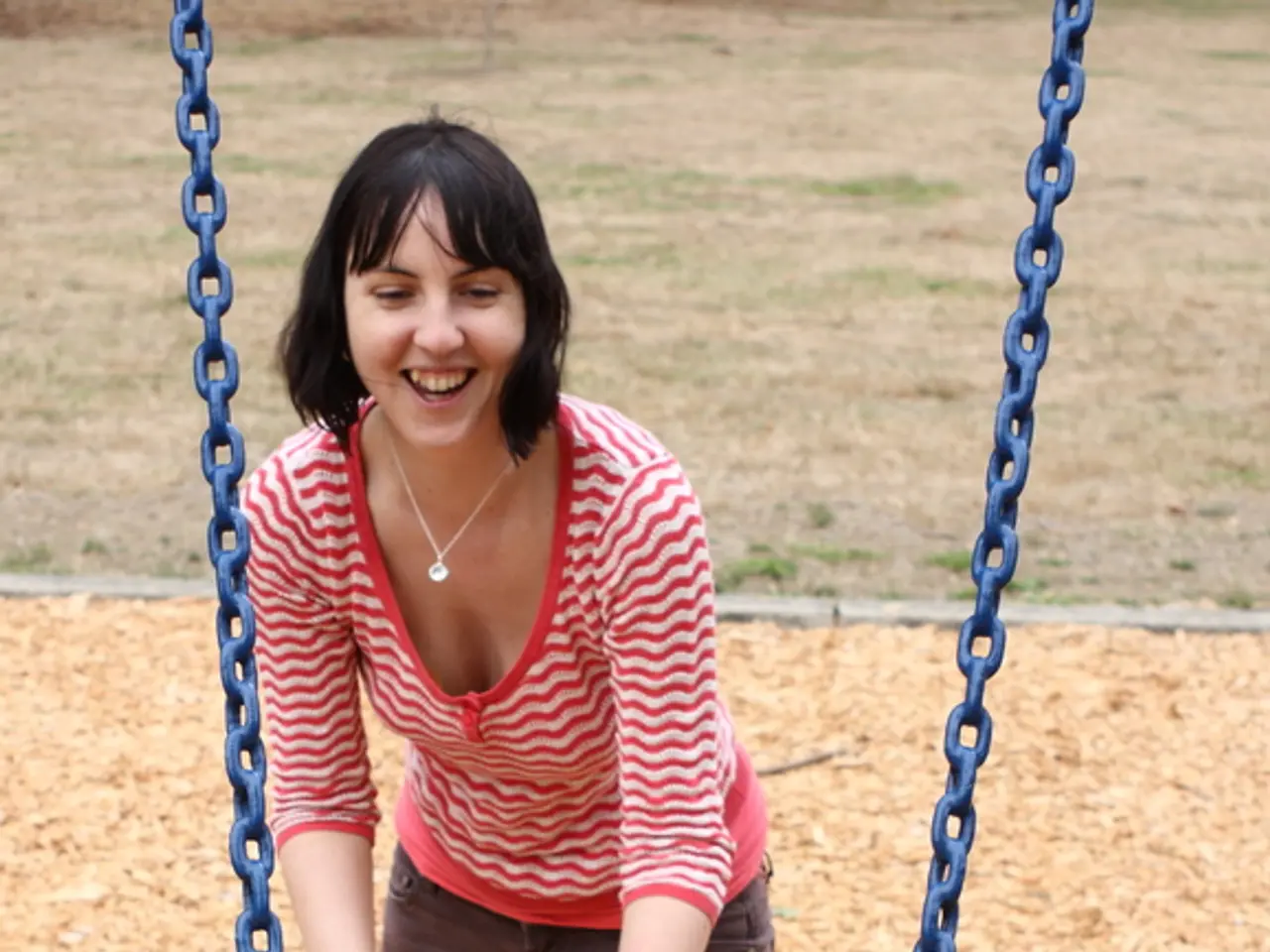Russia confirms one casualty following joint drone assault attacks
In the heart of mid-2025, the Ukraine-Russia conflict continues to unfold, marked by escalating military operations, record-breaking aerial assaults, and a persistent humanitarian crisis.
Mykhailo Fedorov, currently the deputy prime minister for innovation and minister for digital transformation, has been appointed as the first deputy prime minister in the new Ukrainian government, as the country braces for further challenges.
Russian forces have intensified their offensive operations in Ukraine, making significant territorial gains around key eastern cities, particularly in the Donetsk, Kharkiv, and Zaporizhia regions. Between July 5 and July 11, advances were reported near Kostiantynivka, north and northeast of Lyman, east of Pokrovsk, and north of Velyka Novosilka, as well as toward Borova in Kharkiv and in western Zaporizhia. Over the week preceding July 16, Russian territorial gains were just over 61 square miles, a rate more than three times that of the previous week.
Air and missile assaults have also escalated dramatically. On July 9, Russian forces launched 741 aerial weapons, including 728 Shahed-type drones (and decoys), seven Iskander cruise missiles, and six Kinzhal missiles, marking a record for attack intensity. Earlier, on July 3–4, Russia launched a record 539 drones and 11 missiles in a single night, primarily targeting Kyiv, causing significant infrastructure damage and civilian casualties.
Civilian casualties remain high, with at least 53 civilians killed by Russian shelling, aerial bombs, and drones during the first week of July across several regions, including Dnipropetrovsk, Donetsk, Kharkiv, Kherson, Khmelnytskyi, Mykolaiv, Odesa, Sumy, Zaporizhia, and Kyiv city. Ukrainian strikes on Russian-occupied territories killed at least four civilians in Donetsk, Kherson, Luhansk, and Zaporizhia regions during the same period. The massive strikes on Kyiv in early July killed three civilians and injured over 30, damaging housing, infrastructure, schools, a hospital, and even the Polish embassy.
As of July 15, Russian forces occupy approximately 114,016 square kilometers (44,022 square miles) of Ukrainian territory. This figure highlights the ongoing, though incremental, Russian advances amid fierce Ukrainian resistance.
Internationally, the conflict remains a focal point of U.S.-Russia relations. On July 16, U.S. President Donald Trump announced a NATO deal to quickly send weapons to Ukraine while threatening Vladimir Putin with “stiff penalties” in an effort to broker a peace deal by early September. However, there is no public indication that Russia is persuaded by these threats; Putin reportedly plans to continue fighting and, during a July 3 call with Trump, signaled intentions to escalate operations in eastern Ukraine in the next 60 days, aiming to reach oblast boundaries claimed by Russia.
The ongoing conflict is taking a heavy toll on civilians and infrastructure, with no end in sight. The international community continues to watch closely, as diplomatic efforts to resolve the conflict seem to be at an impasse.
- Amid the escalating Ukraine-Russia conflict, the new Ukrainian government, under the leadership of deputy prime minister for innovation and digital transformation, Mykhailo Fedorov, who has been appointed as the first deputy prime minister, is implementing policy reforms aimed at strengthening the community's resilience, with a particular focus on employment policy to bolster their defense capabilities and aid war-affected citizens.
- As politics and general news continue to revolve around the ongoing Ukraine-Russia war-and-conflicts, the international community is closely monitoring the situation, calling for strategies that prioritize diplomatic solutions to bring about a peaceful resolution and minimize humanitarian and infrastructural damages, as the conflict's impact on the civilian population intensifies each passing day.






